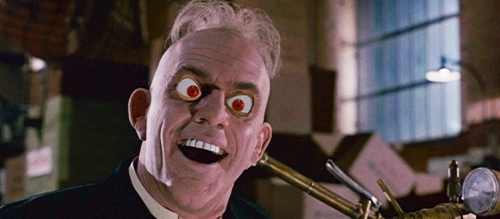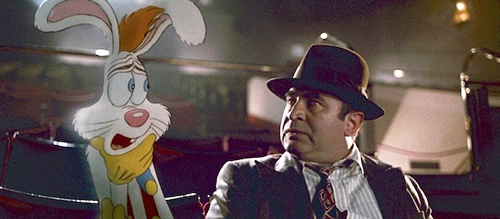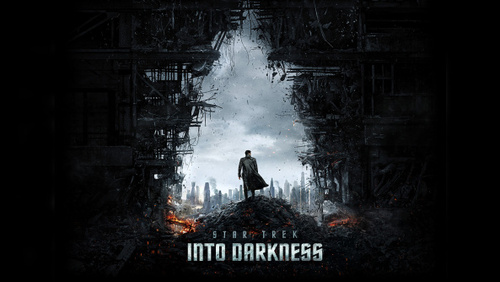
Modern parents might well wince at the humour and innuendo. As with all animated films, many jokes are intended for the adults, sailing over the heads of the younger audience members. Who Framed Roger Rabbit pushes that to its limit. Jibes about sexual proclivity, prostate problems, and alcoholism can all be found in abundance. “Bitch” and “bastard” make an appearance, as does cartoon violence that goes far beyond slapstick. But Incredibles 2 (2018) had a brainwashed mother attack her baby so kids can cope with a bit of darkness in their art.
The adult themes and classic film noir tropes knit seamlessly with those more expected of a family film. The presence of the cartoons literally brightens up the dank back-alley bars. Long reaching shadows, blackmail, damsels in distress, a 40s setting, innocent people accused of a crime. They’re all there. Allusion, rather than graphic depiction, is another trope often used in film noir that works in a children’s film. And flawed heroes with crosses to bear. Eddie Valiant is definitely an anti-hero, but in all the right ways. Much like Disney’s Robin Hood, a fox who does so many bad things but for all the right reasons.
While the hero of the film is nuanced and complicated. The villain is clear. Christopher Lloyd – who previously worked with director Robert Zemeckis on Back to the Future (1985)– is impeccable with his truly unhinged Judge Doom. He is perhaps one of the greatest movie villains of all time. Lloyd doesn’t blink once while on screen. His tightrope walk between comedy and horror, veering wildly between the two, is mesmerising.
Well received by critics and audiences alike, Who Framed Roger Rabbit was the second highest-grossing film of 1988, winning many of the awards it was nominated for – including (unsurprisingly) the BAFTA and Oscar for Best Visual Effects and the Academy’s Special Achievement Award. With its extended metaphor about how society treats those who are ‘other’, it remains relevant today. So, in some respects the film may seem dated with its leering male gaze (in itself arguably satire), but in others it remains a trailblazer, meaning the unforgettable pairing of Bob Hoskins and a cartoon rabbit is still very much worth a watch.
Score: 19/24


